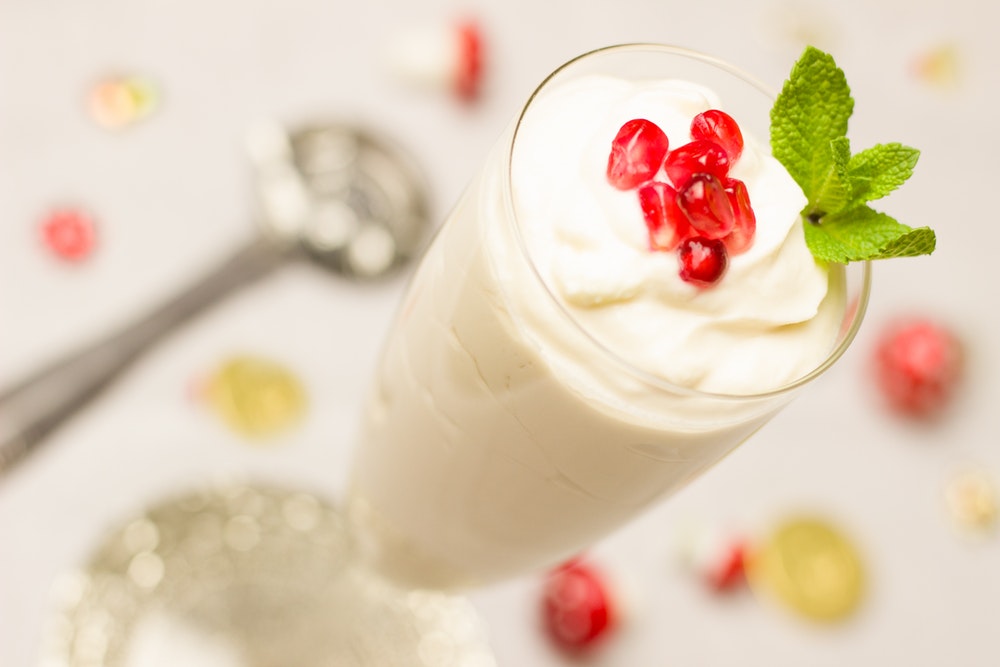What is gut yeast and how can I tell if I have an overgrowth?
When the delicately balanced ecosystem of “good bugs” and “bad bugs” (bacteria, viruses, and other microorganisms) that busily line our intestines gets thrown out of rhythm, the problem of yeast overgrowth may occur. A diet high in sugar (or other simple carbs) or the prolonged use of antibiotics, steroids, or birth control pills are the most common culprits of this situation, which can lead to a variety of problematic symptoms, chronic illnesses and other disorders.
Take a Simple Yeast Test at Home
Although it may not be considered a full-blown yeast infection, yeast overgrowth can still pose significant problems. According to Dr. Axe, there are some common signs to watch out for (and Dr. Oz shares a handy simple yeast test you can do yourself at home here – not 100% accurate, but still helpful!) and a few easy useful changes you can make if you find your gut is overwhelmed by yeast. Let’s take a look!
Moods Out of Whack
If you’re feeling out of sorts, consider that research is still underway to explain the digestive system’s effects on our brains. Many scientists are curious about the connection and believe that if the gut has issues, the brain very well might, too. Panic attacks, depression, mood swings, anxiety, or other signs of mood disorders are thought to be influenced by yeast, or Candida, overgrowth. Naturopathic doctors have also shared both human and animal studies on the issue, revealing healthy mood balance as linked to probiotic supplementation of the diet.
Tummy Troubles
As you may have expected, another sign of gut yeast overgrowth is a worrisome gut. Gas, cramping, constipation, diarrhea, bloating, or other signs of distress are all clues to a possible imbalance. Candida overgrowth may very well be to blame. Give some of the remedies below a try to see if these issues are alleviated.
Being Super Tired is Not a Super Power
Full-on exhaustion without sufficient remedy that lasts at least as long as six months is possibly chronic fatigue syndrome — and can include such symptoms as brain fog, headaches, and joint pain.
On Again Off Again Infections
Whether they are of the vaginal or urinary tract variety, Candida can lead to frequently recurring and seriously annoying infections. If you keep having them, consider Candida and try some of the options explained below.
Sinus Infections
Yep, sinus infections can also be a sign of Candida — including the fun of sore throats, allergies, post-nasal drip, congestion, and other symptoms.
In addition to these, Dr. Oz breaks Candida signs down further into the following possible issues:
menstrual irregularities not otherwise explained, heightened food/chemical sensitivities, eczema, psoriasis, decreased immunity, irritable bladder, irritable bowel syndrome, decreased libido, thyroid dysfunction, toenail fungus, and cravings for yeast or carb-rich foods
So How Can We Fix This?
First, check your diet.
Since yeast is dependent upon certain things for its survival, starving them out is very possible. Yeast loves sugar — and needs it. Cutting the sugar out of your diet as much as possible will remove the yeast’s favorite food source, leaving them malnourished and on their way out! Of course, cutting the sugar out is never easy in our society since everything seems to contain hidden sugar — but give it your best shot. Make sure never to add sugar to anything (yes, you can enjoy cereal without sugar sprinkled on it), cut carbs as much as you can, and check labels for fructose, glucose and other -ose forms, the clever cousins of regular sugar.
So Eliminate These:
Eliminate as much as possible of sugar and sweets of all kinds, breads, vinegar and foods containing vinegar, peanuts, and sweet fruits like dates or bananas.
And Add These:
Get probiotic food into your body. Grab yogurt, kefir, and kombucha. Also, incorporate fermented foods like miso, sauerkraut, natto, and kimchi into your diet. Add fiber-rich foods like fruits, veggies, flax and chia, wild-caught fish and avocado. Add fresh garlic to your diet wherever possible as it will kill Candida with its anti-fungal properties. Turmeric and coconut oil will do the same.
Quit Drinking
Leave the alcohol alone for while, or at least decrease your consumption as much as possible. Alcohol contains sugar, which, as you now know, is a favorite food of Candida.
Talk to Your Doctor about Antibiotics
If you’ve been prescribed antibiotics in the past, they may have killed off the healthy bacteria in your gut, leaving yeast to take over control. This is not a good condition for your body, so be sure to add probiotics as much as you are able in order to counteract the effect. If you’re currently on antibiotics for an infection, you may need to finish the prescribed amount before stopping in order to kill the infection. Please talk to your doctor about your options.
Get Enough Sleep
Sleep is a necessary function of life. Make sure you turn off all your devices at least two hours before bedtime — no more late night scrolling on social media!
Get Exercise and Practice Meditation
Sufficient exercise and relaxation are also essential. Get into a walking, biking, or swimming routine, or try a little yoga. Daily meditation time and stretching before and after exercise is important as well.

